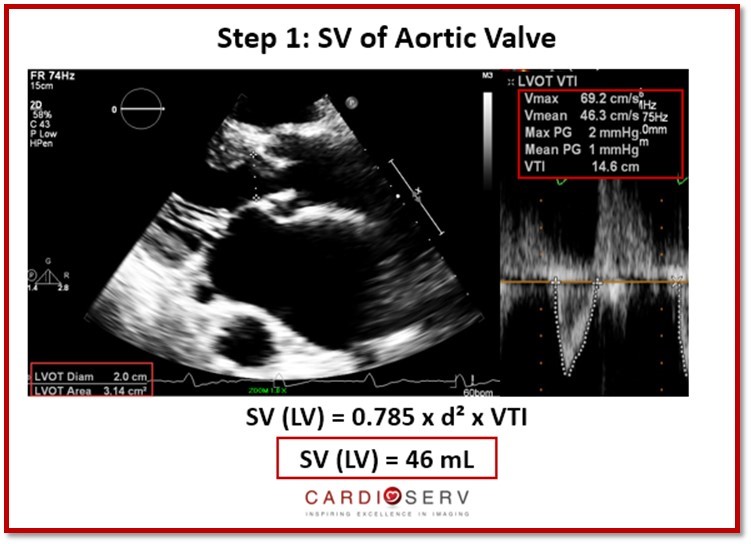

The CardioQ-EDM and CardioQ-EDM + can calculate this parameter but require the user to input measurements of haemoglobin concentration (Hb) and the saturated oxygen concentration (SaO 2). Changes in lung or chest compliance, or patient position and right ventricular dysfunction or abdominal insufflation may affect readings.Ĭaution is advised and clinicians need to be aware of the particular ‘cut off’ or ‘grey zone’ threshold values for the technology being used and the limitations described in the literature.ĭelivered Oxygen Index can be calculated as a Doppler Flow Based Parameter by CardioQ-EDM and CardioQ-EDM+.ĭelivered Oxygen Index is the amount of oxygen in the blood delivered to the bodies tissues indexed for patient body size. Increasing PEEP will result in higher variations. The limitations of this parameter is that the patient must meet the following criteria: Fully mechanically ventilated, sinus rhythm, tidal volume ≥ 7-8 mL/kg and higher tidal volumes elicit higher variations. The CardioQ-EDM uses these variations in flow to calculate the percentage variation between the maximum stroke volume and the minimum. These variations can be detected as variations in flow and pressure. These fluctuations traverse the lung and are manifest as variations in stroke volume of the heart. As the ventilator cycles it creates varying periods of higher and lower flow. It has been shown that return blood flow through the thorax is affected by the positive pressure of the ventilator. The mechanism of generation of this parameter relates to the observation of variations in left ventricular ejection volumes (Stroke Volume). Stroke Volume Variation is widely considered as a useful indicator of fluid responsiveness. The CardioQ-EDM and CardioQ-EDM+ can calculate Stroke Volume Variation in Doppler flow. The system uses the same method as described for the Doppler as it measures the length of the cardiac cycle in milliseconds and divides this into one minute to give the number of beats per minute. The EDM+ can also calculate the Heart Rate from the ABP waveform. The monitor updates the heart rate display after each calculation period depending on the number of cycles set.
#Stroke volume calculator full
If the monitor is set to 20 cycles for calculation then the time in milliseconds for 20 full cycles would be used as the basis of the parameter calculations. If set to ‘every beat’ the time in milliseconds of the complete cardiac cycle is measured and then this is divided into 60,000 (milliseconds in a minute) to give the number of beats per minute. The number of beats used to make the calculation can be set by the user from ’every beat’ to a maximum of 20.

From the Doppler the heart beats per minute is calculated from the analysed waveform. This method appears to be as accurate as more complex approaches and has the advantage of not requiring attenuation correction or blood sampling.Heart Rate as displayed on the EDM and EDM+ from Doppler based measures and the EDM+ can also calculate Heart Rate from the ABP waveform.
#Stroke volume calculator manual
Manual regions of interest were more accurate than automated regions of interest. Endsystolic volume was best calculated from end-diastolic volume and ejection fraction. In 25 patients, the method for ventricular volumes gave an r of 0.95 and an s.e.e. All calculated volumes were compared to volumes measured using biplane contrast ventriculography. The value of M is a constant for the particular scintillation camera-collimator system and R is obtained from observed count rates. An equation is developed that relates total chamber volume, Vt, to the area of a pixel (M) and the ratio (R) of total counts within the chamber to the counts within the hottest pixel in the chamber such that Vt = 1.38 M3R3/2. The purpose of this study was to investigate the accuracy of a new count-proportional method for the measurement of left ventricular volume when applied to gated equilibrium blood-pool imaging.


 0 kommentar(er)
0 kommentar(er)
